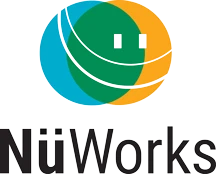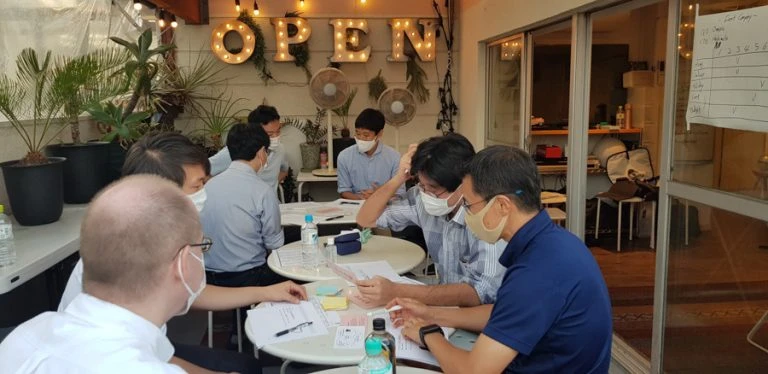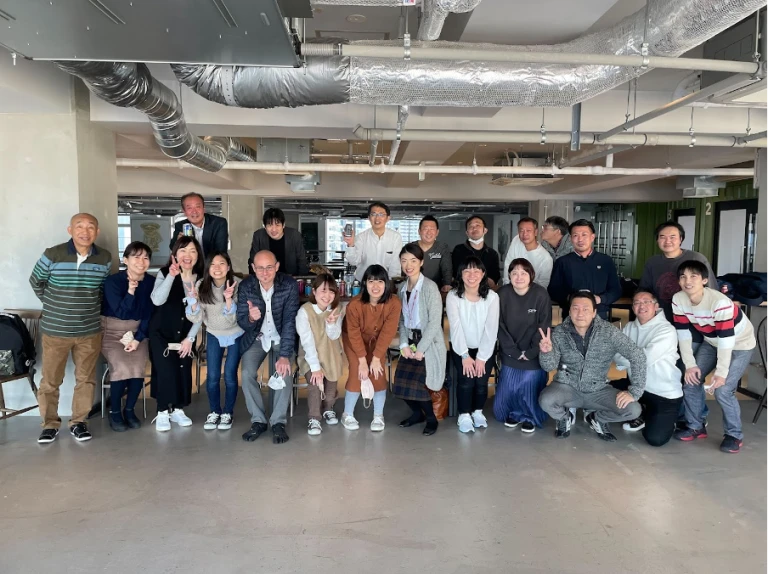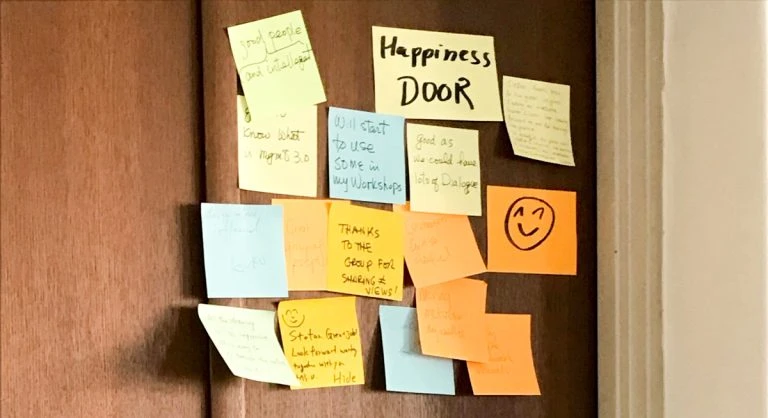The journey of launching a new business often has a lot of uncertainty and therefore needs a lot of pivoting and adaptability. This blog post dives into the case study from SCSK, showcasing how the principles and practices of Management 3.0 played a crucial role in the successful development of a purpose-driven crowdfunding platform focused on supporting educational institutions. By examining their experience with combining Management 3.0 with Scrum development, we gain valuable insights into the impact of those Agile approaches on their “furusato nozei” (hometown tax) based education support platform.
This is a summary of an interview. The whole interview can be read here (in Japanese).
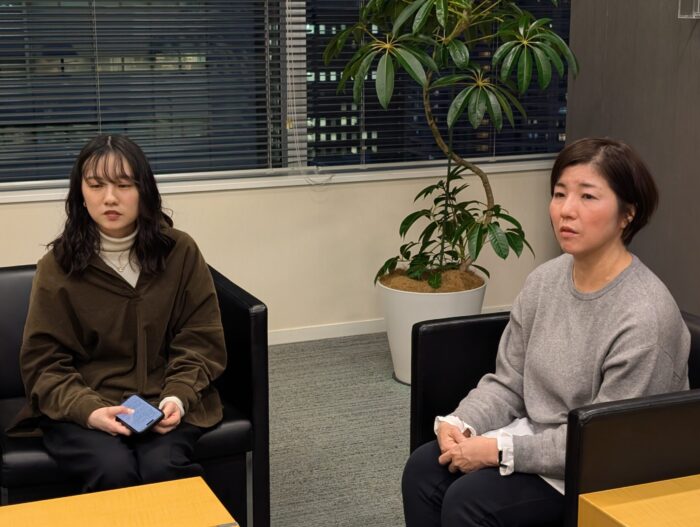
Connecting Education and Community Through “Oshi-Katsu”
The initiative was the starting point for a platform for making targeted donations to universities and their projects through the Japanese “furusato nozei” (hometown tax) system. This emerged from an internal innovation proposal at SCSK in 2021. This system traditionally focused on return gifts, but this platform distinguishes itself by specializing in supporting educational institutions, allowing direct donations to specific projects at universities through municipalities.
The idea came from a team of young employees who combined social issues with the company’s strengths. As the project moved from ideation to realization, the team learned how to embrace a people-centric approach to management. This was due to the guidance of Atsuko Endo (Business Planning, Project Leader, and Product Owner) and supported by Scrum Master Erika Amako, a Management 3.0 facilitator. The initial breakthrough in their approach was applying the concept of “oshi-katsu” (推し活 = favorite artist support activities, like buying merchandise) to the area of education. They did it by tapping into the people’s sentiment of wanting to support their educational institutions, like universities, with which one feels a connection. This resonated with the idea of fostering a sense of local attachment and pride.
Creating a Shared Vision with Management 3.0
One of the significant ways Management 3.0 influenced the project was in team building. Recognizing the importance of a diverse and aligned team, the leaders actively employed Management 3.0 tools and techniques. The team composition prioritized diversity, bringing together individuals with expertise in business, design, technology, sales, and marketing.
Here are some practices they used to foster team building:
- Moving Motivators: This tool was used to clarify each team member’s intrinsic motivations for joining the project. By visualizing what truly drove individuals – be it social impact, technical innovation, or other values – the team gained a deeper understanding of each other’s perspectives and could foster an environment where these motivators were acknowledged. For example, some members were driven by “social connection,” while others were attracted by “innovation”.
- Personal Maps: To further deepen mutual understanding and build connections within the team, they utilized Personal Maps. Sharing personal backgrounds and interests beyond professional roles helped team members connect on a human level, strengthening trust and collaboration.
These initial steps in understanding individual and collective values laid a strong foundation for effective teamwork. Through workshops and discussions, the team collectively defined their values and goals, ensuring everyone was working towards the shared vision.
Fostering Organizational Adaptability and Collaboration
Furthermore, fostering a culture of continuous improvement and empowerment was also a crucial step. The “paper airplane” workshop, where the team planned, executed, and reflected on their process in three iterations, provided a practical experience of iterative development and the value of learning. Interestingly, the team’s dynamics evolved with each iteration, moving from individual actions to more active communication and efficient collaboration, demonstrating the importance of continuous improvement.
Another important step for the team was to understand the importance of clarifying the scope of delegation to enhance team autonomy. By empowering team members to make decisions within their defined areas of responsibility, the project fostered a sense of ownership and accelerated progress. The team faced challenges due to a multi-organizational structure and varying levels of individual autonomy. However, the deliberate effort to expand the scope of delegation was crucial for growth and confidence. The initial requirement definition phase (March-April) was especially difficult. There were many unanswered questions, and the team had to rely on hypotheses. This made the Scrum Master’s role in supporting and encouraging the team even more important.
Overcoming this involved explicitly defining areas where team members could make independent decisions.
Building Alignment Through Transparency
Beyond team dynamics, the integration of Management 3.0 principles contributed to a broader organizational impact. Management’s willingness to support the new venture with a long-term perspective, acknowledging that immediate profitability wasn’t the primary goal, created a good foundation for growth. At the same time, proactive efforts to explain the project’s purpose and desired outcomes to various departments created a common understanding and increased collaboration across the organization. This requires involving various departments and explaining the vision of the initiative to gain their cooperation. Regular information sharing, including reports at group company management meetings, ensured transparency and fostered support. This collaborative spirit, even when dealing with challenges and the need for adjustments between the development approaches (agile vs. waterfall), was a shift towards a more adaptive organizational culture. It was mostly used an agile approach. However, there were situations where waterfall was required due to strict regulations in areas like legal compliance and integration with administrative systems.
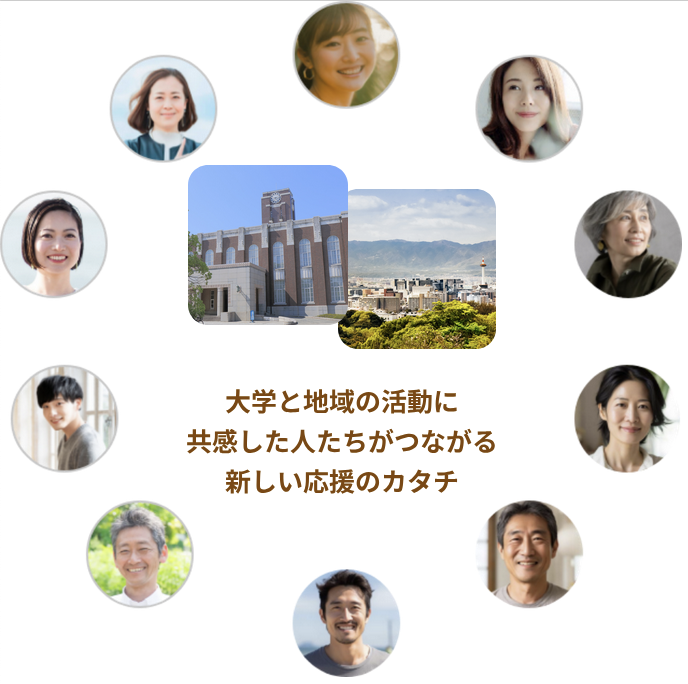
Implementing a Supportive and Engaging Donation Experience
The platform’s design focused on creating an “oen shitaku naru” (応援したくなる = supportive experience). Key features include visualizing university projects and showcasing the passion and daily activities of those involved. Additionally, the platform lowers the barrier to entry with donations starting from 1,000 yen (approx. 7$) and offers “support comments” as a non-monetary way to contribute, which reflects the connection between projects and local communities. Unexpected discoveries during development, such as direct feedback from less experienced team members regarding user-friendliness and low donation rates, became crucial starting points for ongoing improvements. Post-release feedback has been valuable, with users providing specific suggestions for improving the user interface, content, and search functionality. The current phase focuses on these improvements, including UI/UX enhancements and enriching content by going deeper into project stories. It also aims to optimize operational processes for smoother collaboration with universities and municipalities. The overall message to the users is to emphasize the importance of small contributions, the platform’s potential for universities to connect with younger generations, and its role as a new collaboration model for local governments and educational institutions. In simple words: take small steps, co-create and build on early successes.
I think this project is a great showcase to demonstrate how Management 3.0 can positively influence the momentum of a new business initiative. It does this by focusing on individual motivations and fostering team collaboration through tools like Moving Motivators and Personal Maps. Workshops help drive continuous improvement, while clear delegation empowers team members. Together, these elements helped the project navigate the complexities of launching an innovative platform. Once again, we see the value of adopting a human-centric management philosophy in today’s complex organisational environment. Management 3.0 is not just a set of tools but a mindset that can cultivate innovation, drive meaningful results, and contribute to organizational transformation.

